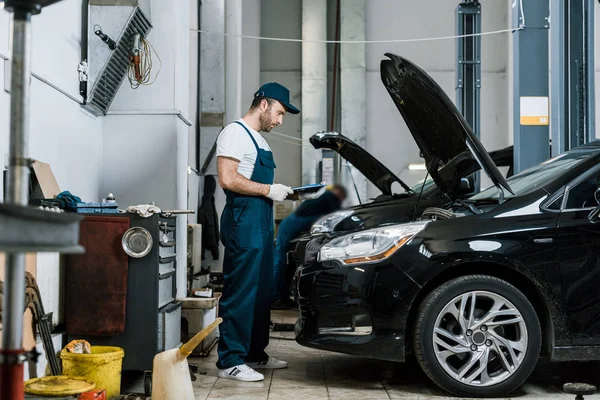
For Kaileya McGhee and her fiancé, an expiring June 2025 lease meant it was time to sort out a looming question: “Do we want to stay in the city, or move closer to work?” With rent in Gilbert, Arizona reaching about $2,000 a month, committing to another year felt precarious, especially with career moves and college basketball eligibility hanging in the balance.
Instead of signing on the dotted line, McGhee’s father-a former contractor-offered a different kind of lifeline: turning part of the family’s home and garage into a private apartment. The result was a space that gave the couple breathing room-both financially and personally-while keeping family bonds intact.
Stories like McGhee’s are becoming increasingly familiar as young adults confront rising rents and uncertain job markets. Moving back home doesn’t have to mean sacrificing independence. With thoughtful planning, clear boundaries, and smart design, converting a garage can be a win-win for everyone involved. Here’s how to make it work.
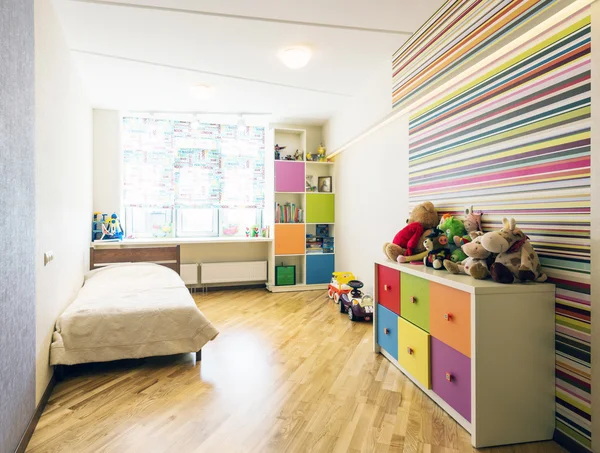
1. Create a Separate, Private Space
Her parents, McGhee says, didn’t want her and her fiancé to feel like they were back in a childhood bedroom. Her dad closed off part of the first floor and reworked the garage layout to give them a self-contained zone with a bedroom, bathroom, and living area.
Also, a private entrance to the garage meant they could come and go without crossing through the main house-a detail that can make all the difference in preserving autonomy. According to experts like Dr. Seth Gillihan, avoiding old “parent-child” cues-like sleeping in the same room you grew up in-helps adults maintain independence when living at home.

2. Do It Yourself to Save Costs
Having a family member with construction experience saved thousands: McGhee’s dad had many of the tools and materials needed, so the most expensive upgrade-adding AC-cost just $700; the rest added only hundreds.
Smaller projects – like painting, insulation, or assembling furniture -can lower costs for those who don’t have a contractor in the family. Basic garage conversions say that tackling necessary needs first, like insulation, electricity, and climate control, will prevent budget creep.

3. Design Around What You Have
McGhee furnished her space with antique pieces that her parents no longer needed, then designed the space around them. This kept costs low and lent character to the apartment.
Repurpose existing furniture or secondhand finds whenever possible to create a space that is truly your own, without breaking the bank. Matching the style to your current home will make the converted space cohesive and not an afterthought.
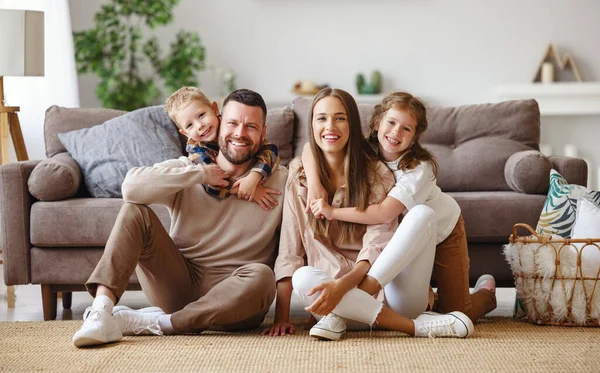
4. Establish Boundaries Early
Before McGhee moved in, she and her parents discussed her need for privacy, as well as the household chores and responsibilities. Family members knock on the door before entering her part of the house, and she shares utilities and groceries with them.
Dr. Gillihan suggests setting collaborative boundaries: put all concerns on the table, listen to each other, and agree upon rules that take everybody’s needs into consideration. The clarity right from the beginning will avoid misunderstandings and keep relationships healthy.

5. Share Responsibilities Like an Adult
McGhee helps pay the additional utility bills that result from running AC in the garage and buys her own groceries. This economic investment further cements her adult status in the household.
Experts also recommend being proactive with chores and expenses without waiting to be asked. It’s one sure way of not slipping into old habit and it makes one appreciate the arrangement.

6. Following a Routine
That Maintains Independence. But despite her family being a stone’s throw away, McGhee still keeps to her weekday routine: retiring to her own quarters after work, joining the main house for dinner. It’s a balance that allows her to be with family, but not lose her cadence.
She suggests “adult activities” like cooking, laundry, and scheduling your own social life to maintain autonomy under somebody else’s roof.
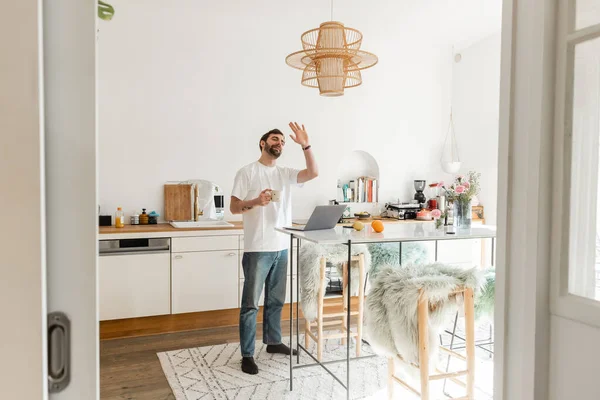
7. Allow for Flexibility
Her parents built the apartment with the idea that it could revert, once she moved out, with removable doors and temporary screens. Such foresight preserves a home’s long-term value while meeting needs that will change across generations.
Designing a conversion to be reversible can make it simpler for owners to later use the space for guests, rentals, or to revert it back to a garage.
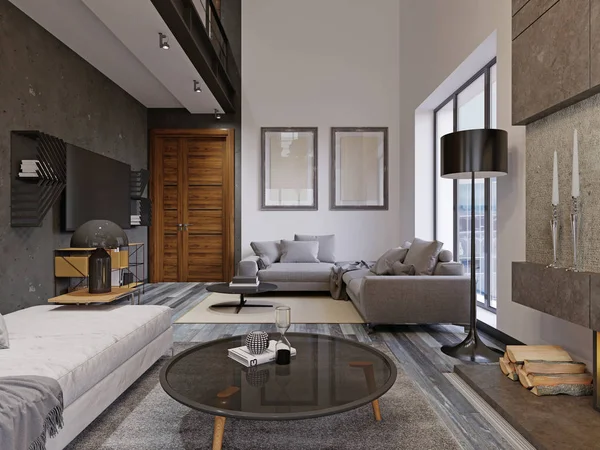
8. Create Space for Multiple Needs
The garage is used as a living room, though it is also connected with a bedroom and bathroom to make a small apartment.
Multipurpose layouts, such as combining a lounge with a workspace or guest area, are an excellent way to make the most of limited square footage. Smarter storage solutions-like built-in shelves or Murphy beds-can make small spaces feel bigger.

9. Keep the End Goal in Sight
She saves hundreds a month by living with her parents, money she can put toward future plans. They had agreed to revisit the arrangement in six months to consider whether she should pay rent or contribute more to utilities. Be it saving for a house, paying off debt, or working through a career transition, a clear timeline and financial plan will assure that your move home is a strategic step forward-not a permanent fallback.
Garage conversions like McGhee’s show that moving back home can be more than a financial stopgap-it’s a thoughtfully designed bridge to the next stage. With privacy, boundaries, and smart use of space, young adults can save money without sacrificing independence, and families can strengthen bonds while respecting each other’s autonomy.


